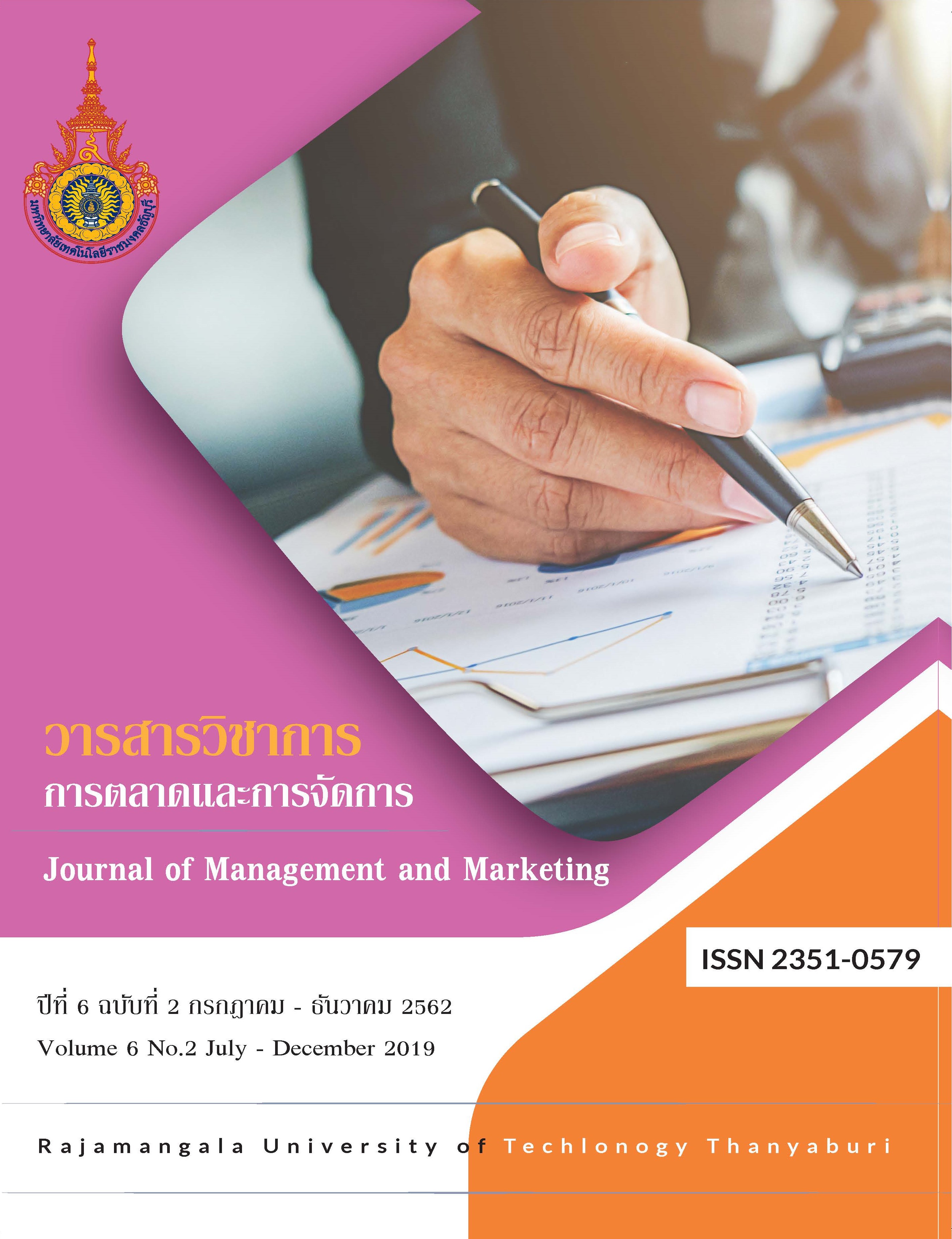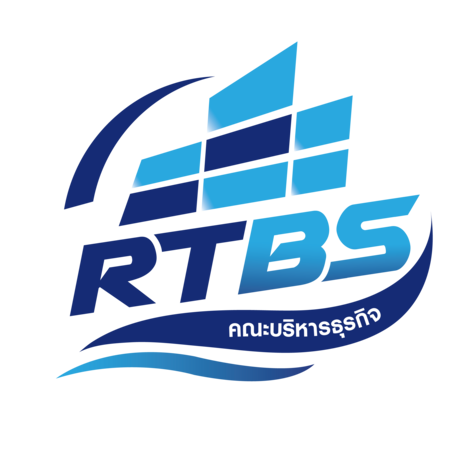การวิเคราะห์สถานการณ์ความเหลื่อมล้ำทางดิจิทัล: ข้อเสนอเชิงนโยบายเพื่อการบริหารจัดการของห้องสมุดประชาชน
คำสำคัญ:
ความเหลื่อมล้ำทางดิจิทัล, ห้องสมุดประชาชน, โมเดล “AEM-CD”บทคัดย่อ
ความเหลื่อมล้ำทางดิจิทัลเป็นช่องว่างระหว่าง "ผู้มีข่าวสาร" และ "ผู้ไร้ข่าวสาร" ซึ่งยังปรากฏอยู่ในประเทศไทย โดยมีสาเหตุมาจากโครงสร้างพื้นฐานของระบบเทคโนโลยีสารสนเทศ การศึกษา รายได้ อายุ ความพิการ ศาสนาและวัฒนธรรม รวมถึงนโยบายของรัฐ จากสถานภาพการพัฒนาด้านดิจิทัล พบว่า ประเทศไทยยังต้องเร่งปฏิรูปในด้านการใช้เทคโนโลยีและนวัตกรรมดิจิทัล ห้องสมุดประชาชนสามารถเข้ามามีบทบาทสำคัญในการลดความเหลื่อมล้ำทางดิจิทัล โดยใช้โมเดล “AEM-CD”: A-Acquisition จัดหาคอมพิวเตอร์และอินเทอร์เน็ตไว้บริการแก่ผู้ใช้ E-Education พัฒนาทักษะการใช้เทคโนโลยีสารสนเทศ M-Motivation สร้างแรงจูงใจในการใช้สารสนเทศอย่างสร้างสรรค์ C-Collaboration ร่วมมือกับชุมชนเพื่อลดความเหลื่อมล้ำทางดิจิทัล และ D-Digitization แปลงทรัพยากรสารสนเทศให้อยู่ในรูปแบบดิจิทัล จัดหาแหล่งสารสนเทศทางดิจิทัล และให้บริการแบบดิจิทัลแก่ผู้ใช้
เอกสารอ้างอิง
กระทรวงเทคโนโลยีสารสนเทศและการสื่อสาร. (2559). แผนพัฒนาดิจิทัลเพื่อเศรษฐกิจและสังคม. สืบค้นจาก http://www.mict.go.th/assets/portals/1/files/590613_4Digital_ Economy_Plan-Book.pdf
คณะกรรมการกิจการโทรคมนาคมแห่งชาติ. (2550). รายงานแนวทางกำกับดูแลนโยบายอินเทอร์เน็ตเพื่อแก้ไขปัญหาความเหลื่อมล้ำในการเข้าถึงข้อมูลสารสนเทศทางอินเทอร์เน็ต (รายงานการวิจัย). กรุงเทพฯ: พิมพ์สวย.
ณัฎฐชาติ พวงสุดรัก. (2553). กทช. กับการแก้ปัญหาความเหลื่อมล้ำทางเทคโนโลยีสารสนเทศ (Digital divide) (กรณีบริการอินเทอร์เน็ตความเร็วสูง). TDC Report, (39), 1-7.
พลเมืองดิจิทัล. (2561). ความท้าทายแห่งศตวรรษที่ 21. สืบค้นจาก https://thaidigizen.com/ digital-citizenship/ch6-digital-challenges/
ราชกิจจานุเบกษา (2561). ยุทธศาสตร์ชาติ (พ.ศ.2561-25680). สืบค้นจาก http://www.ratchakitcha. soc.go.th/DATA/PDF/2561/A/082/T_0001.PDF
สำนักงานสถิติแห่งชาติ กระทรวงดิจิทัลเพื่อเศรษฐกิจและสังคม. (2562). 16สถิติเทคโนโลยีสารสนเทศและการสื่อสาร. สืบค้นจาก http://statbbi.nso.go.th/ staticreport/page/sector/th/16.aspx
สมาคมห้องสมุดแห่งประเทศไทยฯ. (2556). ประวัติสมาคมห้องสมุดแห่งประเทศไทย ในพระราชูปถัมภ์สมเด็จพระเทพรัตนราชสุดาฯ สยามบรมราชกุมารี. กรุงเทพ: สมาคมห้องสมุดแห่งประเทศไทยฯ
Amiri, S. (2009). The effects of information and communication technology on at risk children of low economic status: Make-it-take it after- school case study. International Journal of Education and Development using Information and Communication Technology, 5(3), 1-7.
Berry, J. N. (2016). Culture convener: Best small library in America 2016. Library Journal, 24-27.
Cancro, P. (2016). The dark(ish) side of digitization: Information equity and the digital divide. The Serial Librarian, 71(1), 57-62.
Choh, N. L. (2016). How to develop and promote innovation in the public service: Case of public libraries in Singapore. Retrieved from https://www.youtube.com/watch?v=B4Ydl2hnJp0
Chowdhurry, G. (2012). Digital divide: How can digital libraries bridge the gap? Retrieved from http://hb.diva-portal.org/smash/get/ diva2:1278548/FULLTEXT01.pdf
Gautam, D. K. (2014). Impact of digital divide and public libraries. IOSR Journal of Humanities and Social Science, 19(12), 59-63.
Gudmundsdottir, G. B. (2010). From digital divide to digital equity: Learners’ ICT competence in four primary schools in Cape Town, South Africa. International Journal of Education and Development Using Information and Communication Technology, 6(2), 1-22.
Guion, D. (2019). Libraries and bridging the digital divide. Retrieved from https://www.allpurposeguru.com/2019/01/libraries-and-bridging-the-digital-divide/
Jaeger, P. T., Bertot, J. C., Thompson, K. M., Katz, S. M. & DeCoster, T. J. (2012). Digital divides digital literacy, digital inclusion and public libraries. Public Library Quarterly, 31(1), 1-20.
Kinney, B. (2010). The internet, public libraries, and the digital divide. Public Library Quarterly, 29(2), 104-161.
Koss, F.A. (2001, Fall). Children falling into the digital divide. Journal of International Affairs, 55(1), 75-90.
Leban, M., Graff, M. & Mayer, P. (2009). Access, attitude and the digital divide: Children’s attitudes towards computers in a technology-rich environment. Education Media International, 46(3), 255-266.
Longo, T. (2019). Libraries need to build bridges over the digital divide. Retrieved from https://www.epl.org/libraries-need-build-bridges-digital-divide/
Maceviciute, E. (2018). How libraries create value and diminishing the digital divide. Retrieved from https://www.diva-portal.org/smash/get/ diva2:1278548/FULLTEXT01.pdf
Organization for Economic Co-Operation and Development. (2001). Understanding the digital divide. Paris: OECD Publications.
Top, J. (2015). Information value in a decision making context: A case study and definition of a measurement model. Retrieved from file:///C:/Users/Administrator/Downloads/z_master_thesis_jtop%20(1).pdf
Webber, S. C. (2019). The library’s role in bridging the digital divide. Retrieved from https://www.urbanlibraries.org/blog/the-librarys-role-in-bridging-the-digital-divide
Zilka, G. C. (2016). Reducing the digital divide among children who received desktop or hybrid computer for the home. Journal of Information Technology Education: Research, 15, 233-251.
ดาวน์โหลด
เผยแพร่แล้ว
รูปแบบการอ้างอิง
ฉบับ
ประเภทบทความ
สัญญาอนุญาต

อนุญาตภายใต้เงื่อนไข Creative Commons Attribution-NonCommercial-NoDerivatives 4.0 International License.
บทความที่ได้รับการตีพิมพ์เป็นลิขสิทธิ์ของ ผู้นิพนธ์
ข้อความที่ปรากฏในบทความแต่ละเรื่องในวารสารวิชาการเล่มนี้เป็นความคิดเห็นส่วนตัวของผู้เขียนแต่ละท่านไม่เกี่ยวข้องกับมหาวิทยาลัยเทคโนโลยีราชมงคลธัญบุรี และคณาจารย์ท่านอื่น ในมหาวิทยาลัยฯ แต่อย่างใด ความรับผิดชอบองค์ประกอบทั้งหมดของบทความแต่ละเรื่องเป็นของผู้เขียนแต่ละท่าน หากมีความผิดพลาดใดๆ ผู้เขียนแต่ละท่านจะรับผิดชอบบทความของตนเองแต่ผู้เดียว









